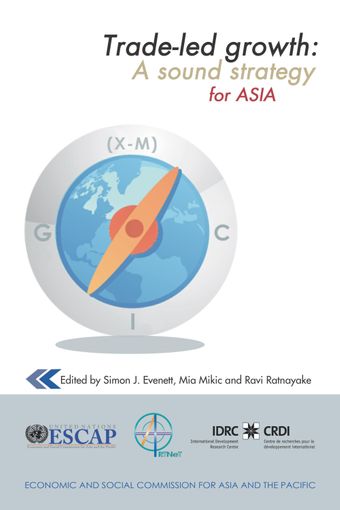- Home
- Books
- Trade-led Growth
- Chapter
From the P4 agreement to the Trans-Pacific partnership: Explaining expansion interests in the Asia-Pacific region

- Author: United Nations
- Main Title: Trade-led Growth , pp 139-161
- Publication Date: February 2013
- DOI: https://doi.org/10.18356/329d61f3-en
- Language: English
This chapter investigates two puzzling issues in the possible evolution of the P4 Free Trade Agreement (FTA) with Singapore, New Zealand, Chile and Brunei Darussalam into a Trans-Pacific Partnership (TPP) trade agreement with the possible addition of the United States, Australia, Peru and Viet Nam (at least as an observer). First, what prompted a set of small, largely open economies that have very little trade with one another to launch free trade negotiations in the first place? Trade negotiations consume scarce resources, particularly in small countries with limited bureaucratic staff resources. The Trans-Pacific Strategic Economic Partnership Agreement (TPSEP, more commonly known as the P4 Agreement) talks ran to more than five rounds (with additional negotiations on financial services and investment scheduled for completion after the original agreement had been finished). Ultimately, as outlined briefly in this chapter, the economic gains from greater liberalization in the P4 Agreement have been minimal and are likely to remain small.
© United Nations
ISBN (PDF):
9789210559171
Book DOI:
https://doi.org/10.18356/278bba21-en
Related Subject(s):
Economic and Social Development
Sustainable Development Goals:
-
From This Site
/content/books/9789210559171s006-c004dcterms_title,dcterms_subject,pub_keyword-contentType:Journal -contentType:Contributor -contentType:Concept -contentType:Institution105
/content/books/9789210559171s006-c004
dcterms_title,dcterms_subject,pub_keyword
-contentType:Journal -contentType:Contributor -contentType:Concept -contentType:Institution
10
5



